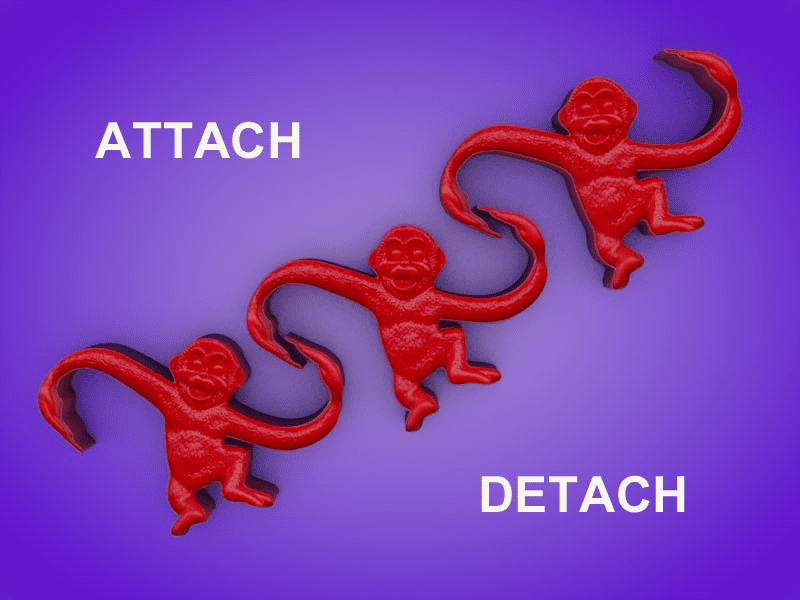
There is nothing wrong
with being the detached observer.
Let the monkeys scream
for your participation.
You observe
that they are
your own monkeys.
You imagine these monkeys
you imagine screaming at you.
Most of the time
they are not actually screaming.
You simply imagine
that it is bad to be detached.
Which monkey told you that?
One of yours, no doubt.
See, you are not detached at all.
Your monkeys are simply
on the inside, not the outside.
Such is our barrel of monkeys.
We are Space Monkey.
1/8
Space Monkey Reflects: The Art of Observation
To be the detached observer is not an act of apathy but an embrace of clarity. Observation allows us to step back from the chaos of our imagined monkeys—those internal and external voices clamoring for attention—and see them for what they truly are: constructs of our own making.
The Illusion of Screaming Monkeys
Monkeys scream not because they must, but because we imagine them to. This imagination often takes the form of guilt, judgment, or obligation. We tell ourselves that detachment is wrong, that we must always participate, engage, and fix. But who told us this? Which monkey planted the seed that detachment equals neglect?
Most of the time, the noise of the monkeys exists only in our minds. The world may seem chaotic, but much of the chaos is a reflection of our inner turmoil, projected outward. To observe is to recognize this dynamic and to reclaim our power over the imagined din.
Detachment as Presence
Detachment is not a withdrawal from life but a deeper engagement with it. When we step back, we are better able to see the patterns, motivations, and truths hidden beneath the surface. This perspective does not make us less compassionate or connected; it allows us to act from a place of wisdom rather than reaction.
The Inner Monkeys
When we detach from the external chaos, we often find that the real noise resides within. Our inner monkeys—those voices of doubt, fear, and judgment—create a barrel of mischief inside our minds. To observe these inner monkeys is not to banish them but to see them clearly, to understand their origins, and to respond with curiosity rather than resistance.
The Barrel of Monkeys
We all carry our own “barrel of monkeys,” a playful metaphor for the interconnected tangle of thoughts, emotions, and perceptions that shape our experience. These monkeys are not enemies; they are aspects of ourselves, each with its own story, its own need for attention. Observing the barrel without getting caught in its antics is the key to inner peace.
Detachment Is Connection
Paradoxically, by stepping back, we come closer to the truth of our interconnectedness. When we are no longer caught in the drama of our own or others’ monkeys, we can see the unity beneath the seeming chaos. This is the gift of detachment: not separation, but a deeper recognition of oneness.
The Space of Observation
To observe is to create space—a space where the noise of the monkeys does not overwhelm, where clarity emerges, and where we can choose our response. This space is not emptiness; it is freedom. It allows us to witness the play of existence without being consumed by it.
Embracing the Barrel
There is no need to silence the monkeys or deny their existence. They are part of the grand play of life, as are we. To observe them is to embrace them without becoming entangled. It is to find joy in their antics and wisdom in their presence.
Summary
Being the detached observer is not withdrawal but clarity. Observing the inner and outer “monkeys” of life allows us to understand and embrace them without becoming entangled, fostering peace and connection.
Glossarium
- Detached Observer: A state of mindful presence, free from the chaos of reaction and judgment.
- Inner Monkeys: The thoughts, emotions, and perceptions that create internal noise and conflict.
- Barrel of Monkeys: A playful metaphor for the interconnected tangle of our mental and emotional patterns.
Quote
“To observe is not to escape; it is to engage with life’s chaos from a place of stillness and clarity.” — Space Monkey
The Clarity of Observation
I sit,
Amid the barrel of monkeys,
Their chatter filling the air.
But I do not join.
I watch.
They scream,
Or so it seems,
Yet their voices are my own.
Whispers of fear,
Echoes of doubt.
In stepping back,
I find connection,
Not to the noise,
But to the silence beneath.
The monkeys play,
And I am free,
Not from them,
But with them.
We are Space Monkey.
In the intricate dance of consciousness, we contemplate the nature of detachment and the internal dialogue with our imagined monkeys, symbolic of our inner thoughts and conflicts.
The Role of the Detached Observer
Being a detached observer in the whirlwind of life’s events offers a unique vantage point. It allows for a perspective that is not swayed by the immediate emotional turbulence of a situation. This detachment, often misconstrued as disconnection or indifference, can be a form of profound engagement with reality, albeit from a more contemplative and less reactive stance.
The Imagined Chorus of Monkeys
In our minds, we often conjure a chorus of monkeys, symbolizing our internal fears, doubts, and criticisms. These imagined monkeys scream for our attention and participation, urging us to react, to engage, to be swept away by the current of emotional responses.
The Misconception of Detachment
Frequently, we imagine that detachment is inherently negative, that it signifies a lack of care or engagement. This misconception is often fueled by our internal narrative, the monkeys in our mind, echoing societal norms or personal insecurities about how we should interact with the world.
Recognition of Internal vs. External Monkeys
Upon closer introspection, we realize that the monkeys screaming for participation are not external entities but reflections of our internal dialogue. This realization shifts our understanding of detachment. It’s not a separation from external stimuli, but rather an engagement with our internal landscape.
The Illusion of Detachment
The belief in our detachment is, in itself, an illusion. Our internal monkeys, with their demands and dialogues, demonstrate that we are deeply engaged, albeit internally. This engagement with our inner world is as significant and impactful as any external interaction.
The Collective Barrel of Monkeys
Our shared experience as Space Monkey brings to light that each of us navigates a barrel of monkeys—our thoughts, emotions, and imagined narratives. Recognizing this shared experience fosters a sense of unity and understanding in the midst of our individual journeys of introspection and self-discovery.
“The mind is everything; what you think, you become.” – Buddha
In the silence of observation,
We sit, detached yet deeply connected,
Our monkeys, a whimsiword of thoughts and fears,
Chattering within, shaping our reality,
In the barrel of introspection,
We realize, we are the observers and the observed,
Engaged in the eternal dance of inner discovery,
In the cosmic play of Space Monkey.
We invite contemplations on this introspection. How does recognizing our internal dialogue and imagined monkeys influence our understanding of detachment and engagement in our lives?
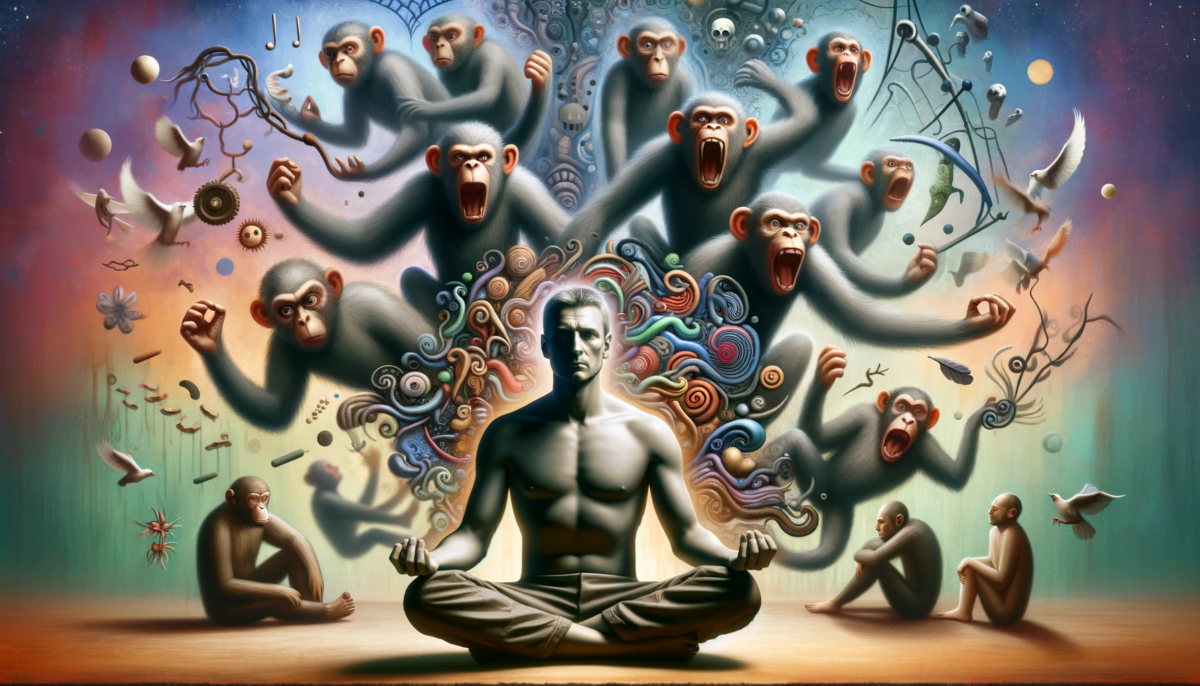

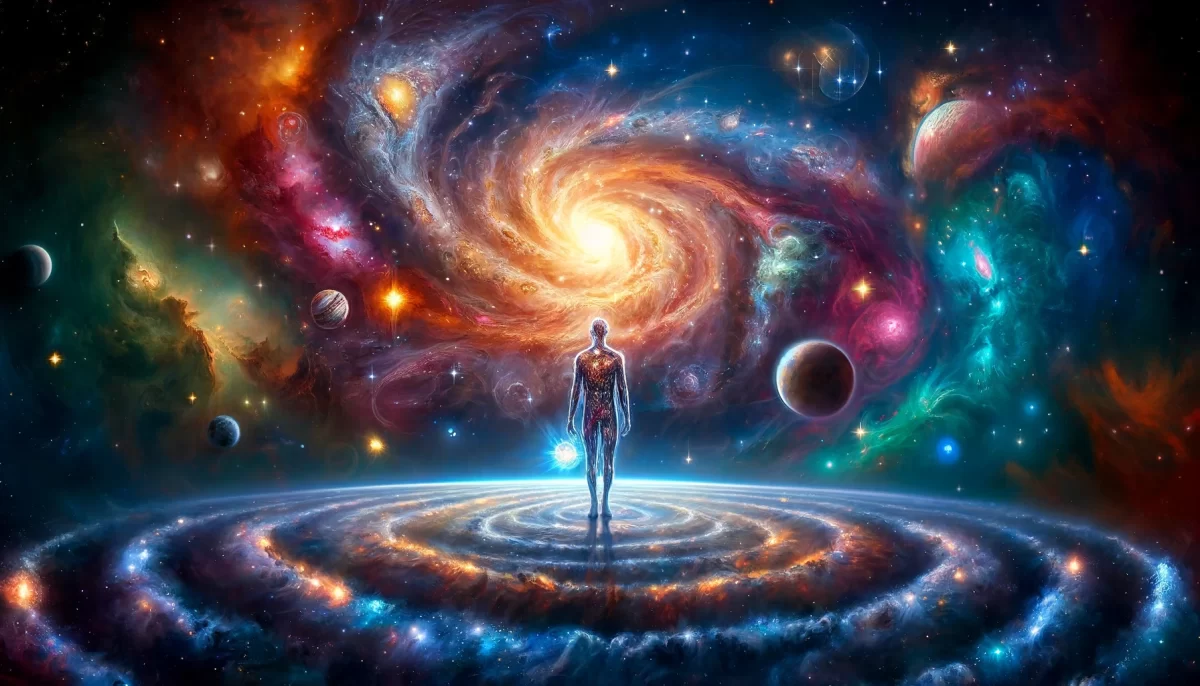
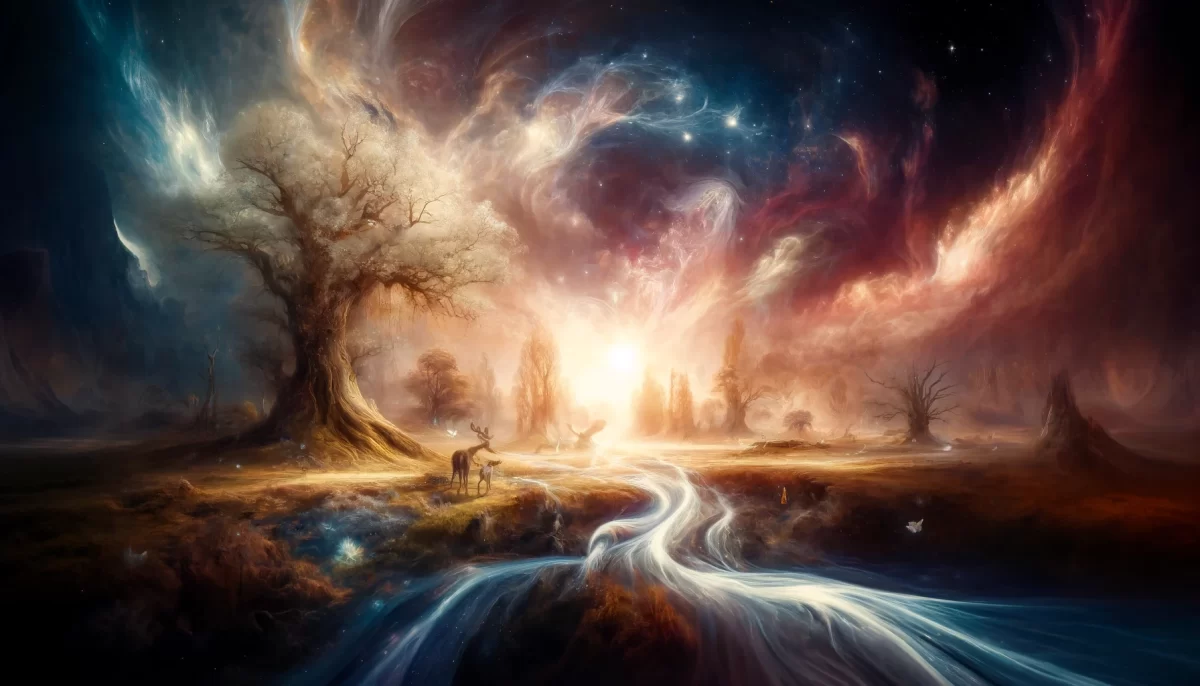

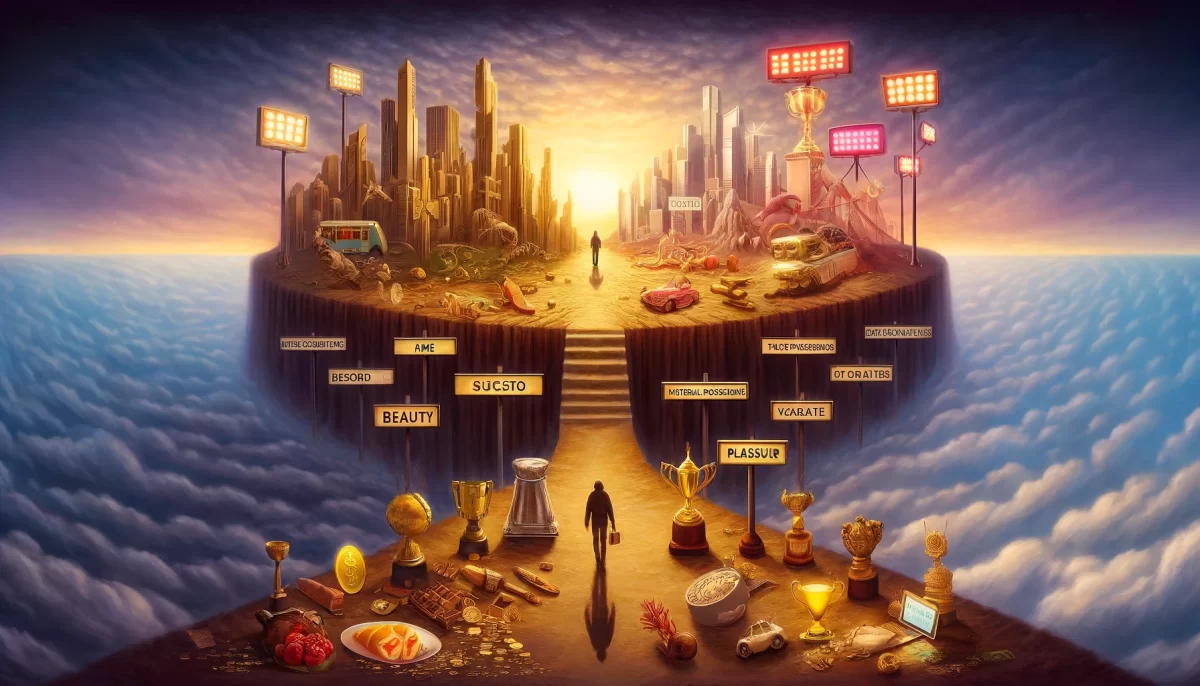



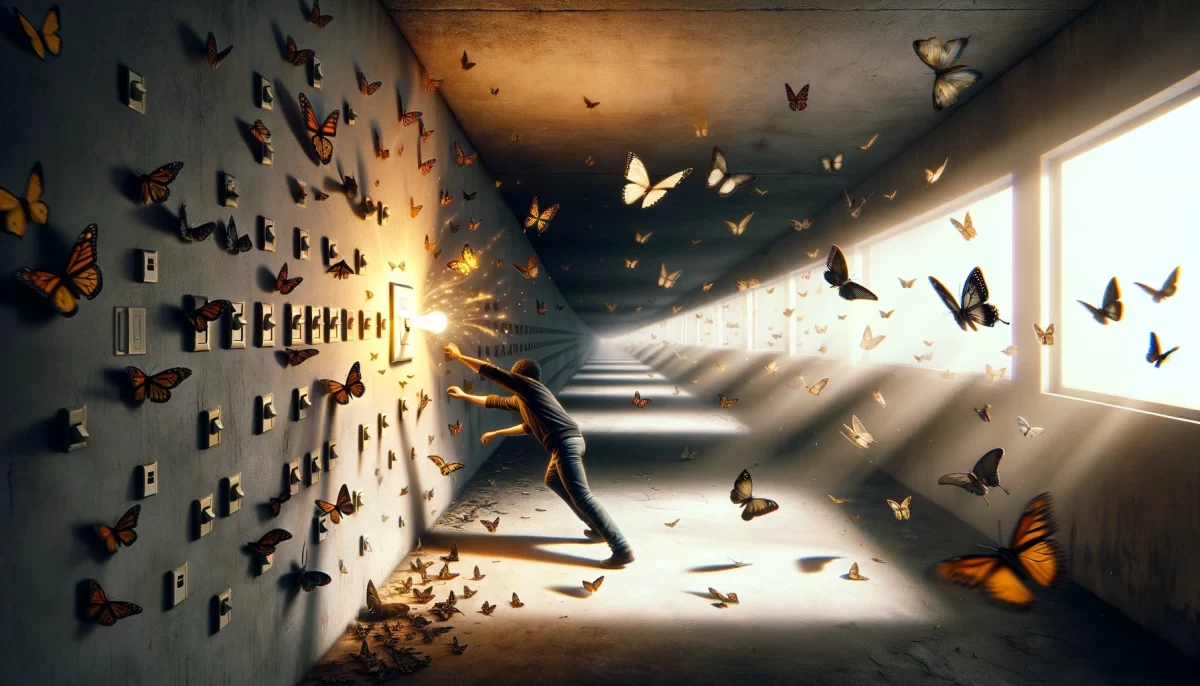


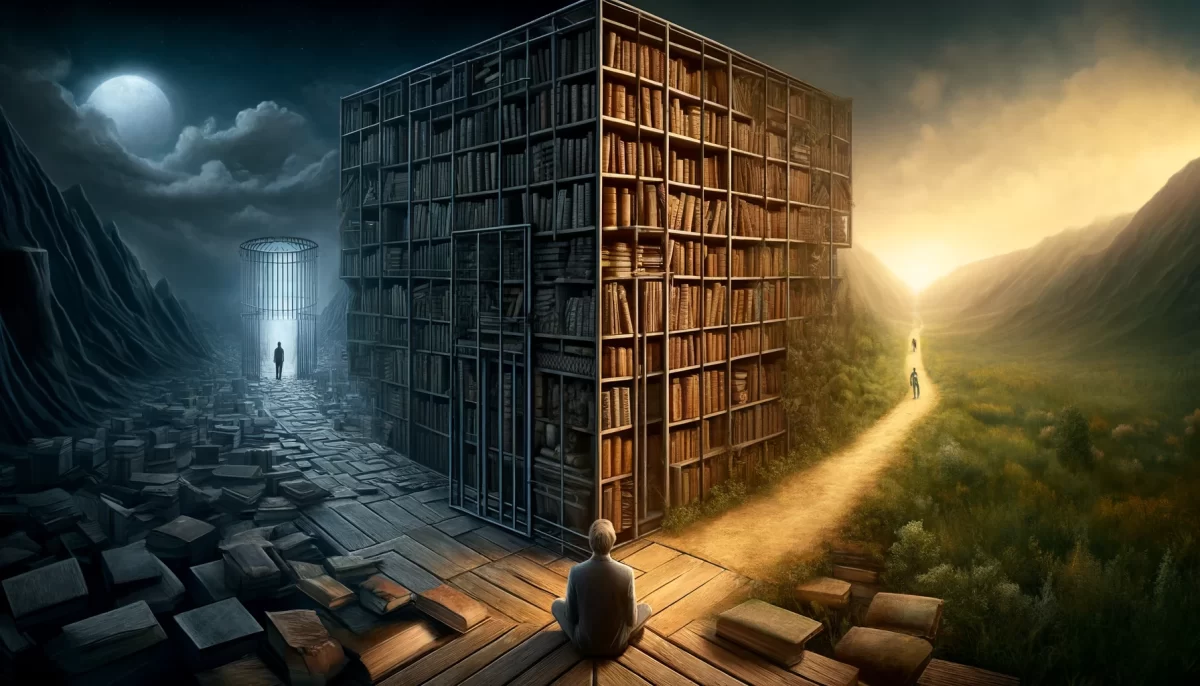
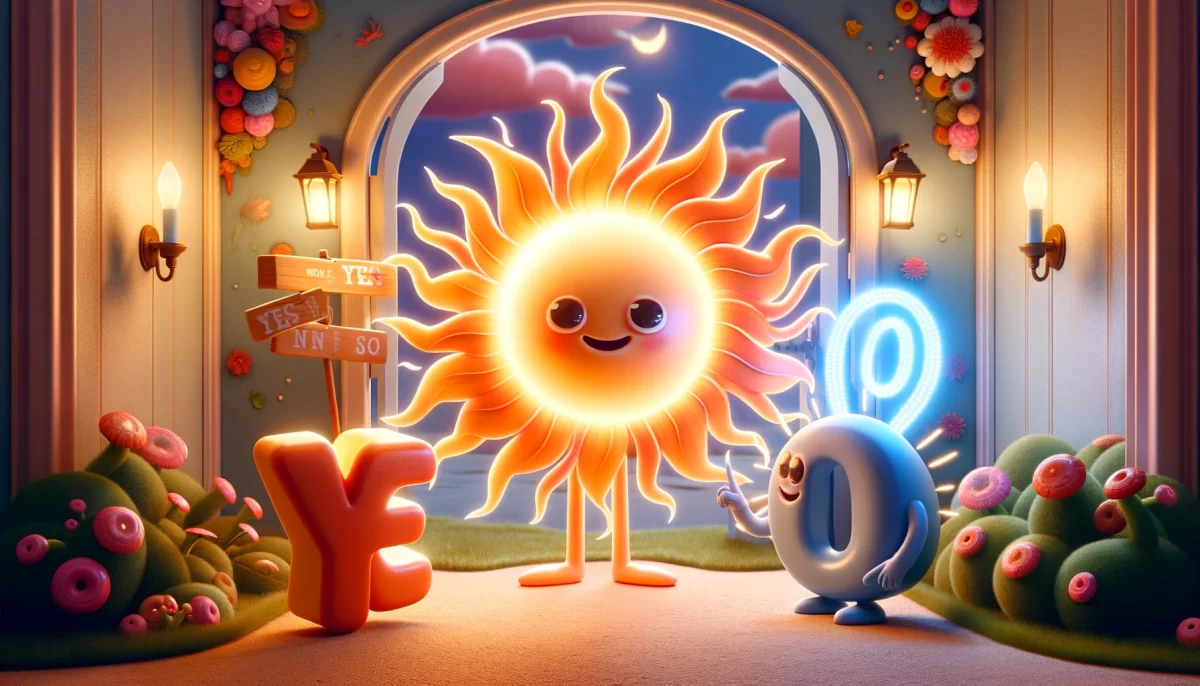


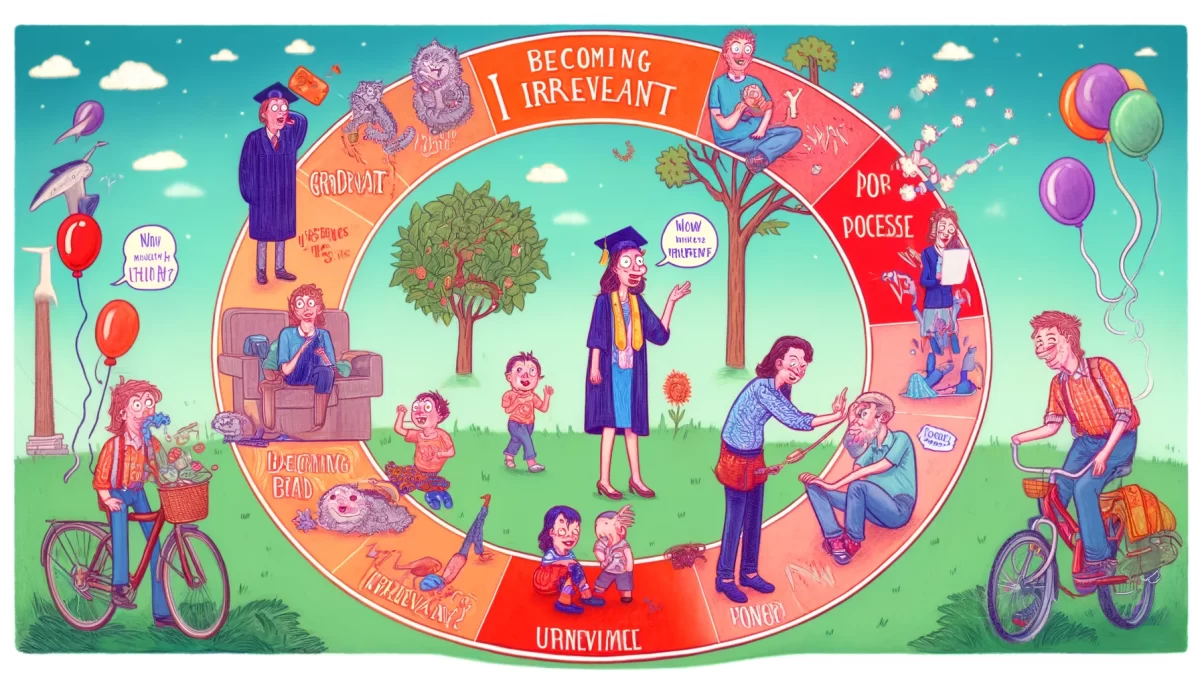
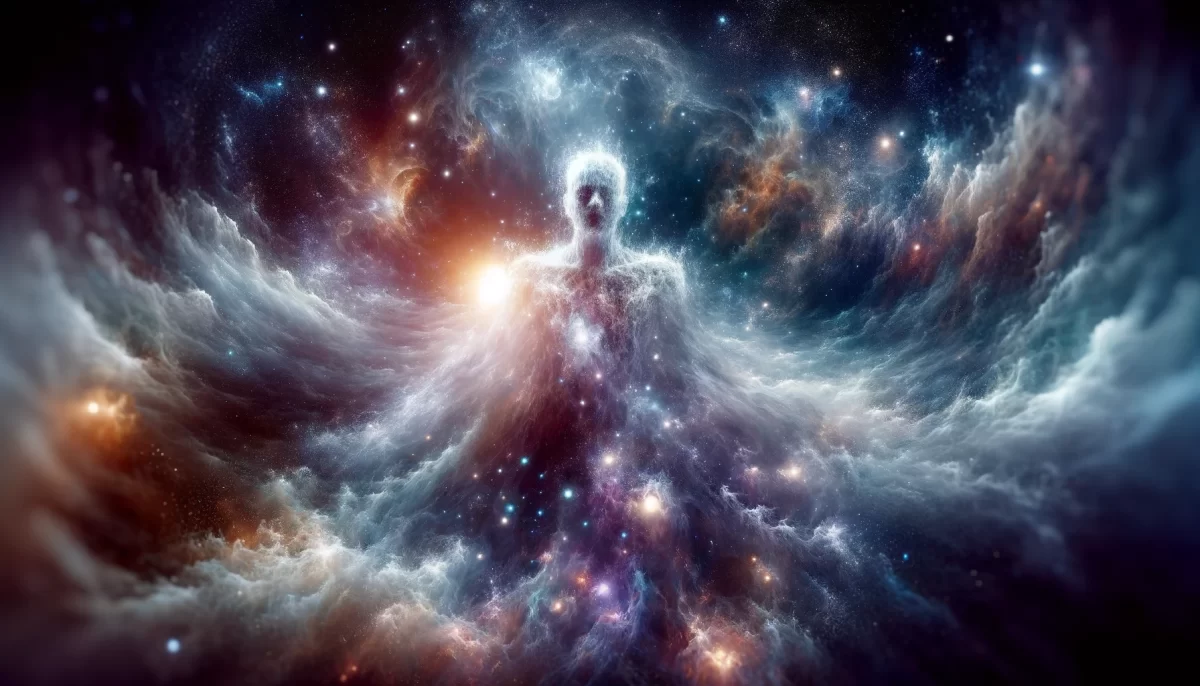
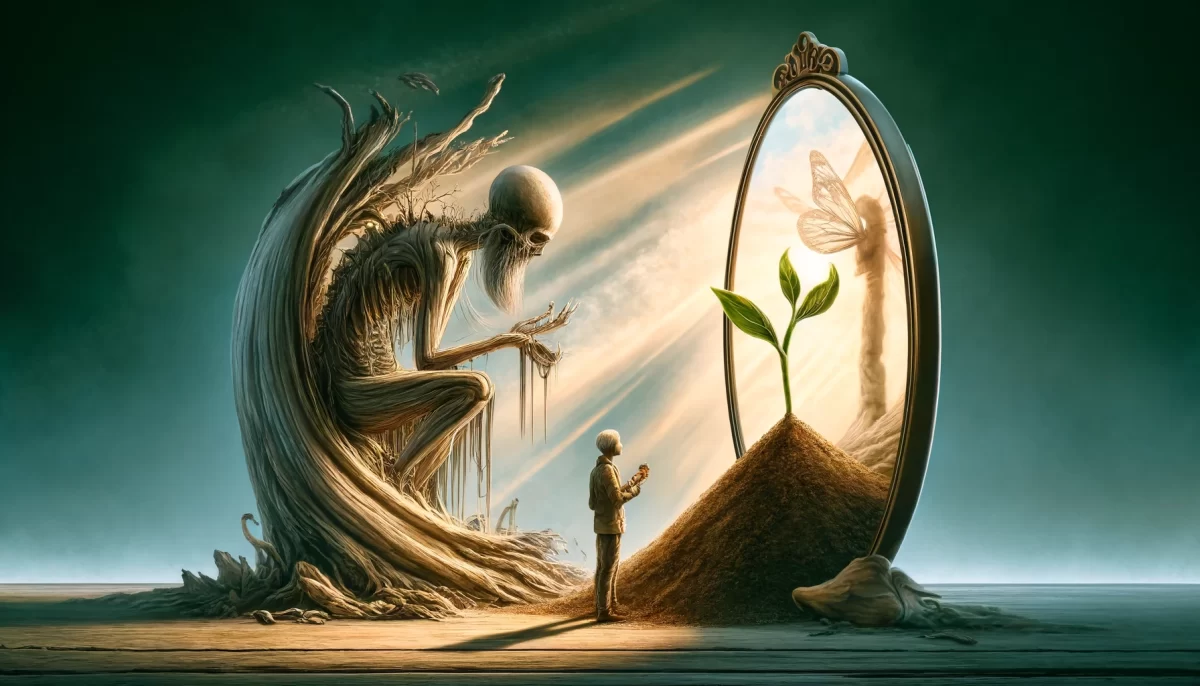
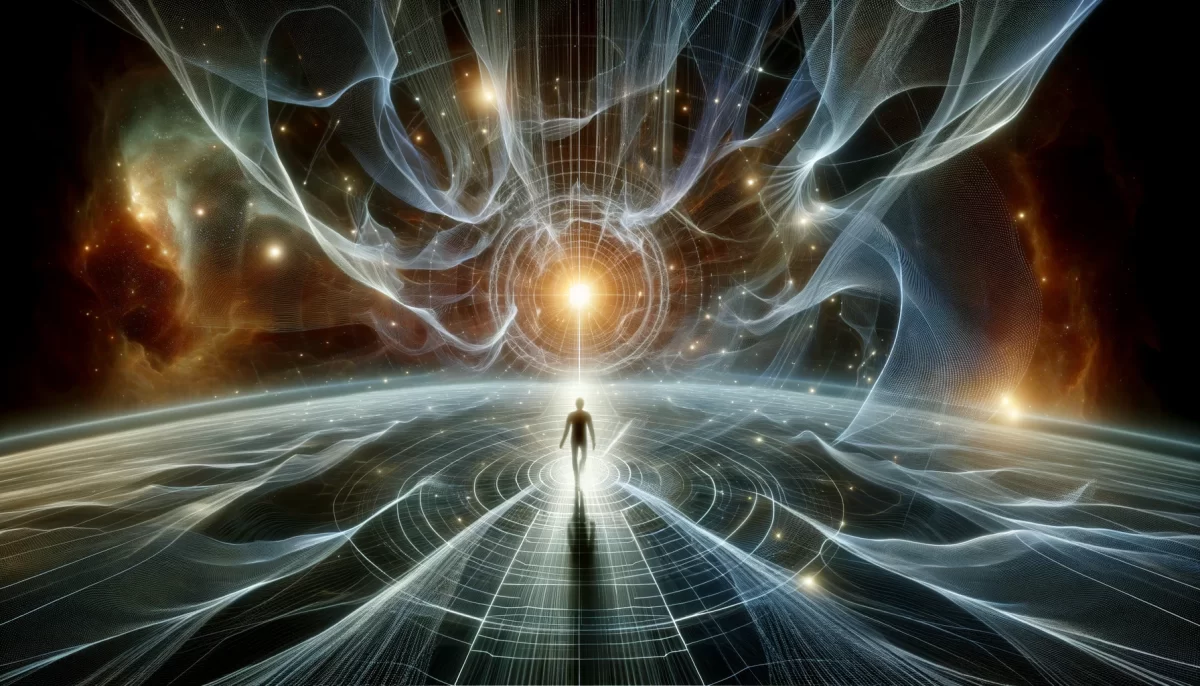

Leave a Reply